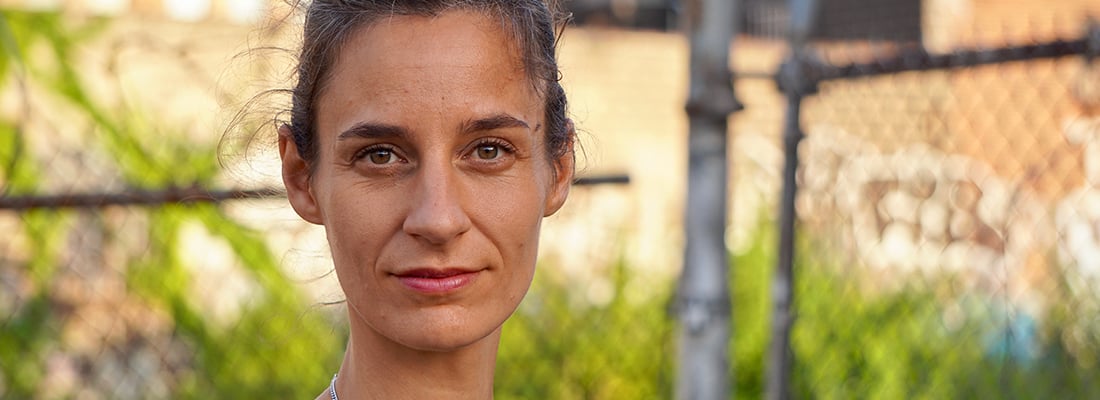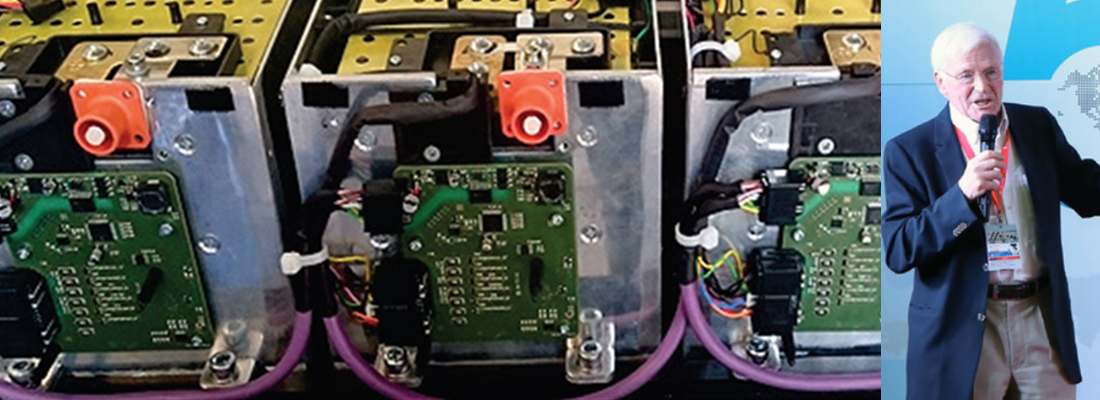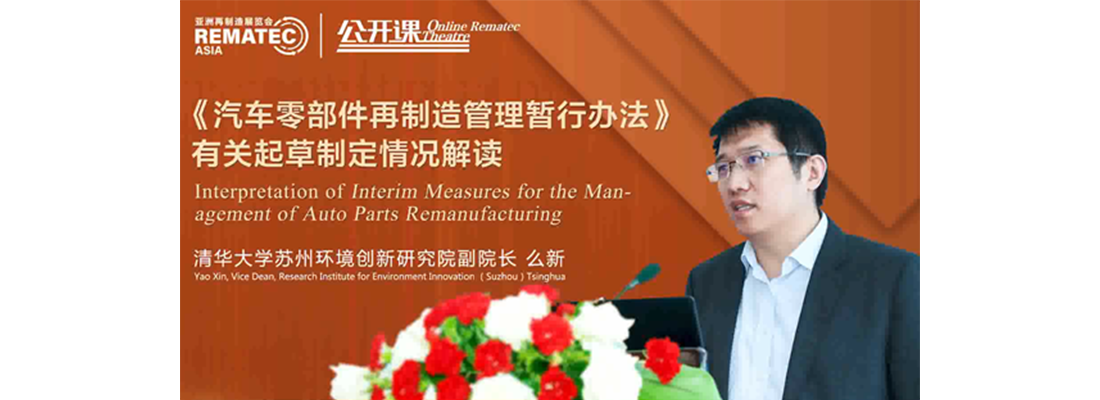Tessa Vlaanderen accepts seat in Remanufacturer of the Year awards jury.
Tessa Vlaanderen accepts seat in Remanufacturer of the Year awards jury.
With Remanufacturer of the Year awards categories open to all sectors active in remanufacturing the jury needed a cross-sectoral expert in remanufacturing with an engineering background. Tessa Vlaanderen accepted to be seated in the jury. So, what do we know about Tessa and what is her perspective on remanufacturing?
Tessa Vlaanderen is the founder of Circular Futures, a New York City-based consulting firm and thinktank. She recently authored “Accelerating Growth of the US Remanufacturing Industry: A Stakeholder Guide” and co-founded the Circular Economy Network (CEN), a multi-stakeholder platform for best practice sharing in New York.
She has supported a broad range of organisations in catalysing and accelerating the growth of circular businesses. Gaining experience in The Netherlands, a frontrunner in the generation of circular solutions, she worked with organisations including the Port of Rotterdam, waste management firm Van Gansewinkel (now Shanks Group), the Rabobank, multinational chemical firm DSM, regional economic development organisations, research institutions, and various startups.
Prior to being a circular economy consultant, she worked in product R&D and commercialisation, process and business improvement, emission reduction and operational excellence at Shell Global Commercial and Shell Downstream Manufacturing.
Tessa holds a Master’s degree in Sustainable Process and Energy Technology and a Bachelor’s degree in Mechanical Engineering, both from the Delft University of Technology in The Netherlands.
- 3 Questions for Tessa on her perspective on remanufacturing
- What is your relation with remanufacturing?
‘As a circular economy (CE) consultant, I am passionate about accelerating circular growth. In my view remanufacturing is one of the most promising product recovery strategies in a circular economy, as it is a scalable activity that has a proven impact across the economic, social environmental and strategic goals of a circular economy. I am the author of the recently published report “Accelerating Growth of the US Remanufacturing Industry: A Stakeholder Guide” in which I argue that in a scenario of leadership and collaboration across stakeholder groups, the growth of the US remanufacturing industry and of the US circular economy could significantly exceed expectations.’
- What is your perspective on remanufacturing for the next 5 years?
‘I am optimistic about the growth potential for the industry the coming five years. I see four growth dimensions: 1. geographic expansion; 2. product segment expansion; 3. volume increase of existing reman activities and 4. customer segment expansion.
Geographic expansion is driven by on one hand countries that develop policy frameworks for strategic resource management, emission reduction and conservation or development of high added-value manufacturing activities. On the other hand, companies are acting on the potential presented by the increasing maturity of emerging markets, for remanufactured product sales and as regional hubs for remanufacturing.
An example of product segment expansion is remanufacturing of IT hardware. E-waste regulation and extended producer regulations have become widespread, and a cost-effective way of recovering value from the resulting return stream is remanufacturing. It will closely follow the existing rise of refurbishing in the IT sector.
I think the effect of new technologies will have the most impact on the volume of valuable cores and thus remanufactured products, and unlocking of B2C markets. Information technology can disrupt the relationship between (re)manufacturer and customers or between value chain partners; it can enable a leap in operational and logistical effectiveness; it can generate data that allows for a more accurate quality assessment; it can lower the risk of innovation versus maintaining the status quo. They will support advanced and flexible supply chains and support the service and performance-based business models that make the success of remanufacturing. The coming five years will be crucial for the industry to find out how they can leverage these technologies to grow.’
- What do you think will be the biggest challenges in reman?
‘I think the biggest challenge for the reman industry as a whole, is to be seen and heard by stakeholders that have the ability to lower industry barriers. By the reman industry I mean the entire industry across sectors, across company sizes and across roles in the value chain.
The industries positive economic, social, environmental and strategic impact should be widely known, and it should be widely understood how remanufacturing differs from other product recovery strategies. With a lack of outreach or alignment, the industry risks to miss out on the opportunity to engage stakeholders that could strongly influence the existing barriers. These stakeholders include governmental organisations, impact investors, NGO’s, consumer organisations, corporate sustainability departments and knowledge institutions.‘
Share your remanufacturing stories with us
Do you have an innovation, research results or an other interesting topic you would like to share with the remanufacturing industry? The Rematec website and social media channels are a great platform to showcase your stories!
Please contact our Brand Marketing Manager.
Are you an Rematec exhibitor?
Make sure you add your latest press releases to your Company Profile in the Exhibitor Portal for free exposure.






